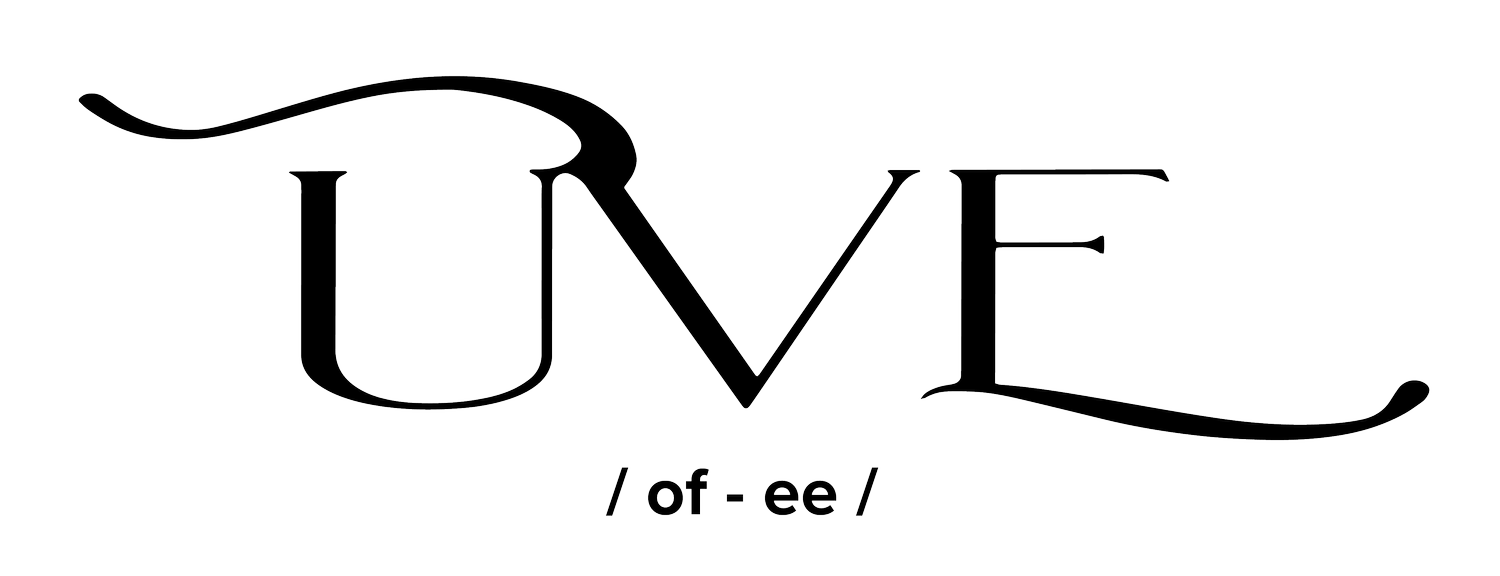How to use a refractometer to measure nutrient density in plants, vegetables and fruit

Food that makes us sick
In a JeffersonHub.com post from spring of 2016, "Why healthy soil matters" we discussed the current state of our food system and analyzed why our population is in the condition of chronic illness that we find ourselves in. When we look at the data in the graph above we see that our population is getting sicker due to the food that we eat.Where is the government program educating kids about the dangers of low-nutrient foods? Where are the organizations that mobilized the anti smoking and anti-drug movements? Who is warning the population about their future if they continue to each fruits and vegetables that don't have the basic nutrients in them to carry out metabolic function?[perfectpullquote align="full" cite="" link="" color="" class="" size=""]We all hear about how one type of fat or fast food will make you sick, but who is warning the unsuspecting vegetable eater that they need to take more supplements?[/perfectpullquote]At the Jefferson Center, we will do our part, along with other regenerative farmers and ranchers.
Assessing nutrient density
What can a consumer do to evaluate the produce they are buying at the store or farmers market? Is it worth the money that they are asked to spend on it? Well, recently, in my workshops I started teaching people how to use a refractometer to assess food quality. How a refractometer works is that it measures dissolved solids in a liquid. The dissolved solids measured in the sap from fruit or veggies are plant sugars, vitamins, minerals, amino acids, and hormones. This is a tool that has been around for a long time. People who brew their own beer or make wine usually have one lying around.The technique to using this tool is pretty straight forward. There are tons of YouTube videos that can show you how to start, but this is how it works:
- Get a refractometer (I got mine on Amazon for about $40)
- Calibrate it with a drop of distilled water
- Squeeze two drops of juice onto the prism using a garlic press to mash the plant material and let the sunlight plate distribute the sample
- Look through the eye-piece and read the scale that tells you what percent solids are in the sample.
- Once you have looked at the sample and found the percent of dissolved solids, compare that number to a Brix chart (click on the link to see the one that I prefer).
A good chart will have five different categories; Poor, Average, Good, Excellent and Resistance. If you are a consumer who is interested purchasing the best food, you only need to pay attention to the first four columns: PAGE. If you are a farmer or rancher who is interested in pest and disease resistance in your crop, then you should pay particular attention to the Resistance column. But more on that in another post, for now let's just learn how to find the best food on the market.
Using the Refractometer
Get a refractometer and start measuring the Brix of produce from the different venders at the market--a farmer's market or a store. This way you will be able to ensure that you are getting the greatest nutrient density in the fruits and vegetables you buy. If you are a vendor, you should get a refractometer and educate your consumers as to why your product is superior to the competition. Hint: it has more nutrients! It is also a fun dinnertime activity: try to guess the Brix of the dinner salad and then measure it. Are the organic apples really more nutrient dense? Are local foods more nutrient dense? Which of my favorite farmers has the most nutrient dense spinach? Oh, there are so many experiments to try! The refractometer is a simple, quick tool that can indicate nutrient density in some foods. Let's raise awareness and move our food system into a new and nutrient-dense age.
Oh, there are so many experiments to try! The refractometer is a simple, quick tool that can indicate nutrient density in some foods. Let's raise awareness and move our food system into a new and nutrient-dense age.

